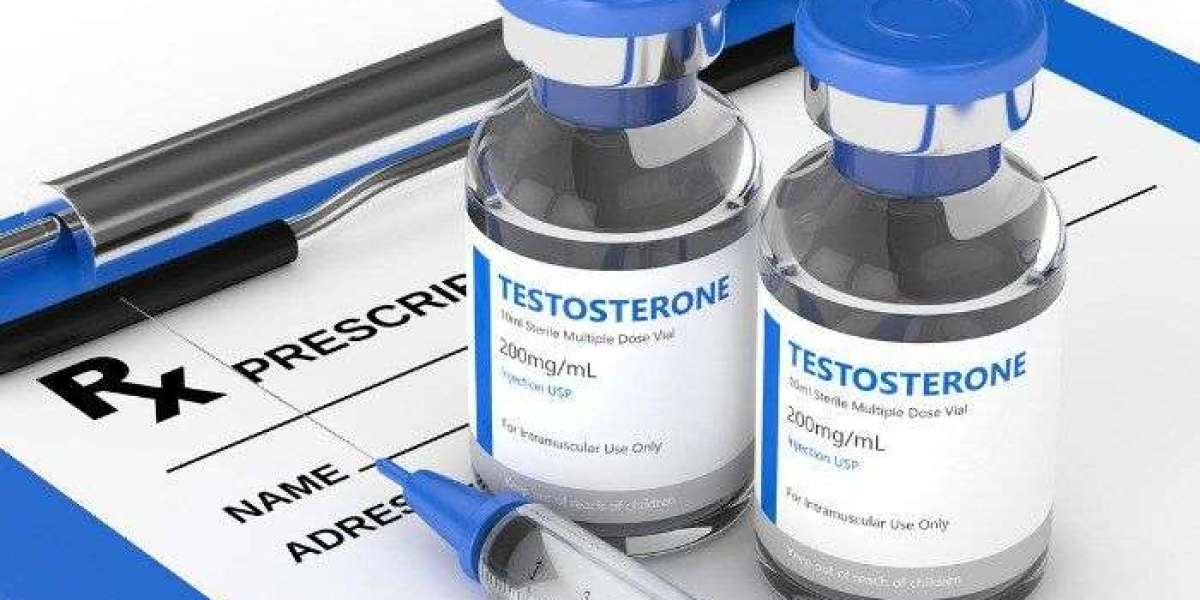What is Testosterone Replacement Therapy (TRT)?
Testosterone Replacement Therapy (TRT) is a medically supervised treatment designed to restore optimal testosterone levels in men experiencing low testosterone, also known as hypogonadism. As men age, testosterone levels naturally decline—often leading to fatigue, decreased libido, loss of muscle mass, mood swings, and cognitive decline. TRT aims to counteract these effects and bring hormone levels back within the normal range.
Symptoms of Low Testosterone
Understanding the indicators of testosterone deficiency is critical. Common symptoms include:
- Chronic fatigue
- Decreased sexual desire
- Erectile dysfunction
- Depression or irritability
- Reduced lean muscle mass
- Increased body fat
- Difficulty concentrating
- Sleep disturbances
If you’re experiencing these symptoms, Testosterone Replacement Therapy may be the solution to reclaim your energy, strength, and quality of life.
Causes of Low Testosterone
Several factors can contribute to reduced testosterone levels, including:
- Aging (natural decline starts around age 30)
- Obesity
- Chronic illness (e.g., Type 2 diabetes, kidney disease)
- Injury to the testicles
- Chemotherapy or radiation
- Pituitary gland disorders
- Medication side effects
Correct diagnosis by a qualified healthcare provider is essential before beginning any TRT protocol.
Types of Testosterone Replacement Therapy
There are various methods available, and the best option depends on individual needs and preferences. The most common types include:
1. Intramuscular Injections
Administered every 1-2 weeks, these injections deliver testosterone directly into the muscle. Popular medications include Testosterone Cypionate and Testosterone Enanthate.
2. Transdermal Patches
Applied daily to the skin, patches release testosterone over 24 hours. Though convenient, skin irritation may occur.
3. Gels and Creams
These are applied to the upper arms, shoulders, or thighs. Gels offer stable hormone levels, but there’s a risk of transferring testosterone to others via skin contact.
4. Subcutaneous Pellets
Implanted under the skin every 3–6 months, pellets gradually release testosterone and eliminate the need for daily dosing.
5. Buccal Tablets
Placed against the gum twice daily, these tablets dissolve and deliver testosterone through the oral tissues.
Benefits of Testosterone Replacement Therapy
TRT can significantly enhance physical, mental, and emotional well-being. Documented benefits include:
- Improved energy levels and reduced fatigue
- Enhanced libido and sexual performance
- Increased lean muscle mass and strength
- Reduction in abdominal fat
- Improved mood and reduced anxiety/depression
- Sharper cognitive function and memory
- Better bone density and reduced risk of fractures
These changes can lead to a vastly improved quality of life when therapy is properly monitored and tailored.
Who is a Candidate for TRT?
A thorough evaluation is mandatory before starting Testosterone Replacement Therapy. Candidates usually present with clinical symptoms of low testosterone, confirmed by at least two blood tests taken in the morning when testosterone levels peak.
Men with the following conditions may be ideal candidates:
- Primary or secondary hypogonadism
- Persistent low testosterone levels
- Symptoms significantly affecting quality of life
However, TRT is not recommended for individuals with:
- Prostate or breast cancer
- Severe untreated sleep apnea
- High red blood cell count (polycythemia)
- Uncontrolled heart failure
Monitoring and Safety of TRT
Safety is a top priority. Regular monitoring is required to minimize risks and optimize outcomes. Follow-ups typically include:
- Blood tests to check testosterone levels, red blood cell count, and PSA (prostate-specific antigen)
- Physical exams
- Assessment of cardiovascular health
Potential side effects may include:
- Acne or oily skin
- Fluid retention
- Increased red blood cell count
- Breast enlargement
- Testicular shrinkage
- Reduced fertility
When supervised by a qualified physician, Testosterone Replacement Therapy is generally safe and effective.
Lifestyle Factors That Complement TRT
To maximize the benefits of TRT, certain lifestyle changes are highly recommended:
- Regular strength training and cardiovascular exercise
- Nutrient-dense diet rich in healthy fats, lean proteins, and whole grains
- Adequate sleep (7–9 hours per night)
- Stress management through mindfulness or therapy
- Avoidance of alcohol and tobacco
These habits not only support hormonal health but also enhance the effectiveness of the therapy.
TRT and Fertility Considerations
One of the lesser-known effects of TRT is its impact on fertility. Exogenous testosterone can suppress spermatogenesis, leading to reduced sperm count. Men desiring future fertility should discuss alternatives like:
- Clomiphene Citrate
- hCG (Human Chorionic Gonadotropin) therapy
- Selective estrogen receptor modulators (SERMs)
These options stimulate the body’s natural testosterone production without compromising sperm production.
Cost of Testosterone Replacement Therapy
The price of TRT varies based on method, provider, and location. On average:
- Injections: $30–$100/month
- Gels/Patches: $200–$500/month
- Pellets: $500–$1,000 per procedure (lasting 3–6 months)
Insurance may cover Testosterone Replacement Therapy if deemed medically necessary. Always consult with your healthcare provider regarding options and payment plans.
Choosing the Right TRT Provider
Selecting a reputable and experienced provider is crucial. Look for:
- Board-certified endocrinologists or urologists
- Comprehensive diagnostic procedures
- Customized treatment plans
- Routine monitoring protocols
- Transparent communication and informed consent
A good provider will prioritize long-term health, not just hormone levels.
Conclusion: Is Testosterone Replacement Therapy Right for You?
Testosterone Replacement Therapy offers a powerful solution for men suffering from the debilitating effects of low testosterone. With professional guidance, proper monitoring, and a commitment to healthy living, TRT can restore vitality, improve mental clarity, boost sexual performance, and transform quality of life.



